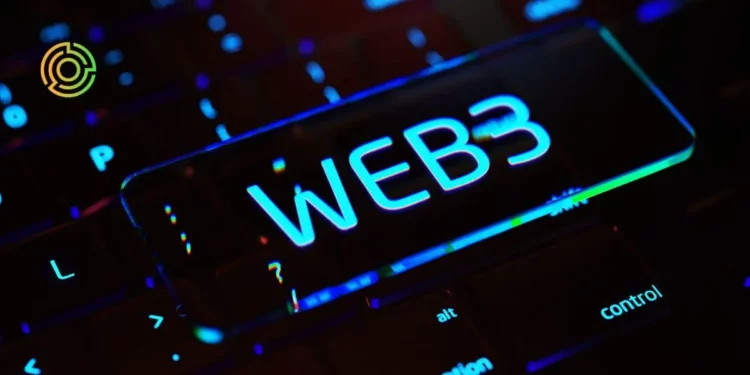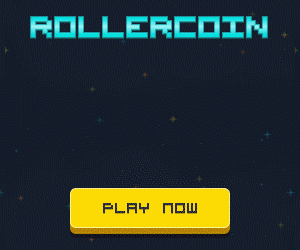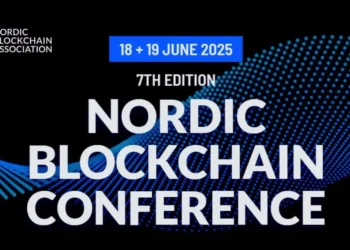In the rapidly evolving landscape of digital transformation, Web3 has swiftly transitioned from a futuristic concept to a tangible reality. Companies are now eagerly exploring the potential tools offered by Web3 to navigate the digital shift and meet the evolving demands of their customers. At the forefront of this transformation are blockchain solutions, including NFTs (Non-Fungible Tokens) and digital currencies, providing businesses with novel opportunities in a dynamic market.
The evolution of the internet has reached a pivotal juncture with the emergence of Web3 – a paradigm shift that promises to redefine the way we interact with digital spaces. Unlike its predecessors, Web3 is not merely an upgrade; it represents a fundamental reimagining of the internet’s structure, driven by decentralized technologies, blockchain, and a commitment to user empowerment.
What is Web3?
At its core, Web3 is a collective term encompassing a series of principles and technologies designed to transform the traditional web landscape. This next-generation internet seeks to move away from the centralized control exerted by a few entities, empowering users with greater control over their data, privacy, and digital interactions.
Key Components of Web3
1. Decentralization
Central to Web3 is the concept of decentralization. Traditional web structures rely on centralized servers owned by corporations, exposing users to potential data breaches and privacy infringements. Web3, however, distributes data across a network of nodes, reducing vulnerabilities and fostering a more secure and transparent environment.
2. Blockchain Technology
Web3 leverages blockchain technology as its foundational structure. Blockchain, a decentralized and immutable ledger, ensures transparency and trust in digital transactions. This technology underpins various Web3 applications, providing users with verifiable and secure interactions.
3. Smart Contracts
Smart contracts, self-executing agreements with the terms directly written into code, play a pivotal role in Web3. These contracts automate and enforce the execution of agreements, eliminating the need for intermediaries and enhancing the efficiency of digital interactions.
4. Cryptocurrencies and Digital Assets
The use of cryptocurrencies and digital assets is inherent in Web3 ecosystems. These assets, often represented as Non-Fungible Tokens (NFTs), enable unique ownership and exchange of digital content, ranging from art to virtual real estate.
Web3 in Action: Business Implications
1. Decentralized Finance (DeFi)
Web3 is reshaping the financial landscape through the rise of Decentralized Finance (DeFi). DeFi leverages blockchain to provide decentralized alternatives to traditional financial services, including lending, borrowing, and trading, thereby reducing reliance on central authorities.
2. Digital Identity and Privacy
Web3 addresses concerns related to digital identity and privacy. Users have greater control over their personal data, and decentralized identity solutions offer a secure and private way to manage and authenticate digital identities.
3. Innovation in Business Models
Businesses embracing Web3 witness a shift in traditional models. The introduction of unique value propositions, tokenized ecosystems, and collaborative ventures with users redefine the way companies engage with their audiences.
Follow us on our social networks and keep up to date with everything that happens in the Metaverse!
Twitter Linkedin Facebook Telegram Instagram Google News Amazon Store











































